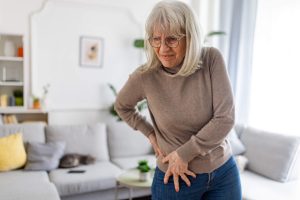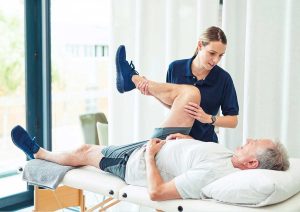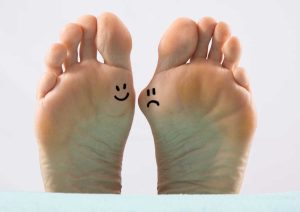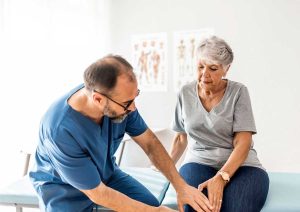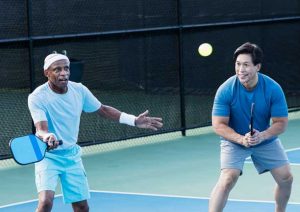Recovering from orthopedic surgery requires more than rest and physical therapy; it calls for proper nutrition to aid in healing, reduce inflammation, and support the body’s rebuilding process. Here’s a guide on what to eat before and after surgery, including post-surgery meal ideas, foods to avoid, and tips for overcoming appetite loss. What To Eat Before Your Surgery Leading up to surgery, your body requires a well-balanced, nutrient-rich diet to strengthen your immune system, support tissue repair, and prepare for the physical stress of the procedure. A focus on these key food groups will optimize your body’s ability to recover quickly and effectively: Lean Proteins: Include chicken, fish, turkey, eggs, tofu, and legumes to support muscle repair and maintain overall strength. Protein is essential for tissue growth and recovery, setting a strong foundation for post-surgery healing. Whole Grains: Foods like brown rice, quinoa, oats, and whole-grain bread provide sustained energy throughout the day. They help stabilize blood sugar levels and provide fiber, which aids digestion—an important factor leading up to surgery. Fruits and Vegetables: Incorporate a rainbow of fresh produce like oranges, berries, spinach, kale, and bell peppers. These are packed with vitamins (like vitamin C), minerals (like potassium), and antioxidants that enhance immune function and combat oxidative stress. Healthy Fats: Avocados, nuts, seeds, olive oil, and fatty fish like salmon are rich in anti-inflammatory omega-3 fatty acids. These help reduce inflammation and support cellular health, preparing your body for recovery. Hydration: Don’t forget to drink plenty of water. Proper hydration is essential for cellular function, nutrient transport, and flushing toxins from your system. Iron-Rich Foods: Boost iron intake with foods like spinach, red meat, beans, and fortified cereals to support blood production and oxygen transport—key factors in recovery and overall energy levels. Probiotic-Rich Foods: Yogurt, kefir, and fermented foods






